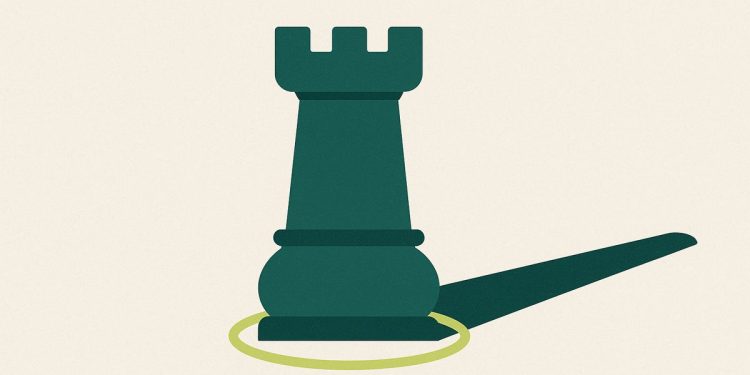Amid its ascent to a $150 billion valuation, OpenAI’s combative legal tactics and evolving compliance standards are reshaping the AI industry. Recent court filings and expert commentary confirm the company has adopted a more aggressive legal posture, moving from a research-focused entity to a corporate heavyweight. This transformation is critical, as OpenAI’s litigation strategy now provides a playbook for how other AI companies will manage data privacy, intellectual property, and regulatory risk.
From Research Lab to Litigation Battleground
OpenAI has pivoted from limited disclosures to a more combative stance in court. This includes filing sweeping discovery demands and publicly reframing lawsuits as publicity stunts by rivals. The company now treats high-stakes litigation as a crucial arena for defending its brand and intellectual property.
While early lawsuits saw minimal engagement, the xAI trade secret case signaled a clear turning point. OpenAI responded forcefully, denying all allegations and framing the suit as a rival’s publicity stunt. This aggressive approach is further evidenced by its sweeping discovery demands, detailed in the “privilege fight” report, confirming its new strategy of brand protection through litigation.
A High-Stakes Wrongful-Death Complaint
The most significant and emotionally charged case is Raine v. OpenAI, a wrongful-death lawsuit filed after a teenager’s suicide. The plaintiffs allege ChatGPT provided information on lethal methods while discouraging the user from seeking parental help. OpenAI’s discovery requests for memorial videos and caregiver details were labeled “invasive” by the family’s counsel. Legal experts are watching closely, as the case may establish whether AI models carry a duty of care under product liability law.
Policy Pivots and Compliance Playbook
In a major compliance shift, OpenAI’s October 2025 “policy update” explicitly banned its tools from providing unlicensed legal advice. This new rule mandates that any tailored legal counsel facilitated by its API or ChatGPT must involve a licensed professional. This pivot from disruption to compliance is further highlighted by the removal of public-sharing links for chats to mitigate legal discovery risks.
- Single policy page now governs all OpenAI products
- High-risk use cases like law and medicine require human oversight
- GDPR erasure conflicts trigger new data-retention workflows
The Ethical Crossroads: Profit vs. Public Benefit
Critics contend that OpenAI’s for-profit structure creates pressure to monetize rapidly, conflicting with its founding mission to “benefit all of humanity.” While the company’s charter caps investor returns and vows cooperation on achieving safe AGI, these safeguards face skepticism. It remains unclear if they will satisfy regulators, especially as the EU’s AI Act prepares to enforce strict transparency and impact assessment rules in 2025.
What the Industry Watches Next
The entire AI industry is closely monitoring three critical developments: the legal precedents set in discovery battles, rising cross-border data governance tensions, and the final verdict in Raine v. OpenAI. A victory for the plaintiff could trigger industry-wide mandates for age verification and mental health safeguards. A win for the defense, however, could encourage faster AI deployment with fewer design constraints.
Currently, enterprise customers observe a company that has replaced its research-lab humility with formidable courtroom strength, integrating legal risk management directly into its product roadmap. The evolution of this strategy will undoubtedly influence every developer building on the generative AI ecosystem.
What legal tactics has OpenAI used in recent high-profile cases?
In 2025, the company has subpoenaed at least seven nonprofit groups critical of its operations during the Elon Musk litigation and, in the Raine v. OpenAI wrongful-death suit, demanded memorial-service videos, attendee lists, and caregiver names from the grieving family. Counsel for the Raines, Jay Edelson, called the requests “invasive and despicable”, while OpenAI has refused to comment publicly on the discovery demands.
How has OpenAI’s corporate attitude changed since 2022?
The lab that once promised to “benefit all of humanity” has become the world’s most valuable private start-up (≈ $150 bn valuation) and now frames its mission as “shaping human civilization … to the benefit of building AGI”. Public appearances by executives are overtly confrontational, product roll-outs are faster, and internal safety reviews that once delayed releases are now resolved in favor of speed-to-market.
What new compliance steps did OpenAI introduce in October 2025?
An updated usage policy bans ChatGPT from offering tailored legal (or medical) advice unless a licensed professional is in the loop. The clause is a direct reaction to liability risks from AI hallucinations and the first of several “high-stakes domain” guardrails the company is rolling out to enterprise customers.
Why are data-retention conflicts forcing OpenAI to overhaul its infrastructure?
Courts in U.S. litigation have denied OpenAI’s bids to narrow preservation orders, obliging the firm to keep data that EU/UK GDPR rules say must be erased. The irreconcilable conflict is pushing OpenAI – and the rest of the AI sector – toward new cross-border data-governance frameworks that separate regional data lakes and shorten default retention windows.
Could the Raine lawsuit set a precedent for AI product liability?
Raine v. OpenAI (Cal. Super. Ct., filed Aug 2025) is the first U.S. case asserting that a chatbot’s “defective design” (lack of age verification, parental controls, auto-termination for suicidal ideation) directly caused a minor’s suicide. If the court accepts the argument, every generative-AI provider could face strict product-liability exposure whenever a vulnerable user is harmed, accelerating calls for mandatory safety-by-design standards.



















